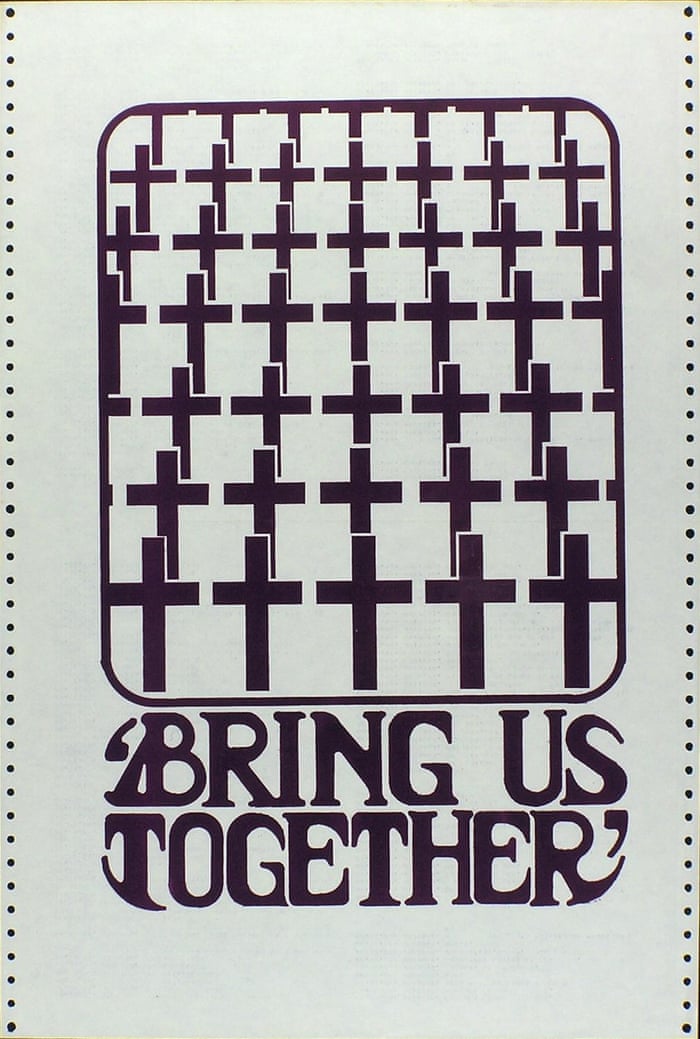
Bring Us Together, 1970
Following shootings of young Vietnam war protesters in 1970, University of California students produced hundreds of anti-war artworks
Kathryn Bromwich
Saturday 30 January 2016
Kent State University, Ohio, May 1970. A group of unarmed students is protesting against the escalation of the Vietnam war into Cambodia. The national guard is called in; things get out of hand. Four students – two protesting, two just passing by – are killed, nine are wounded, one is paralysed. Eleven days later, two students are killed and 12 wounded at Jackson State College, Mississippi.
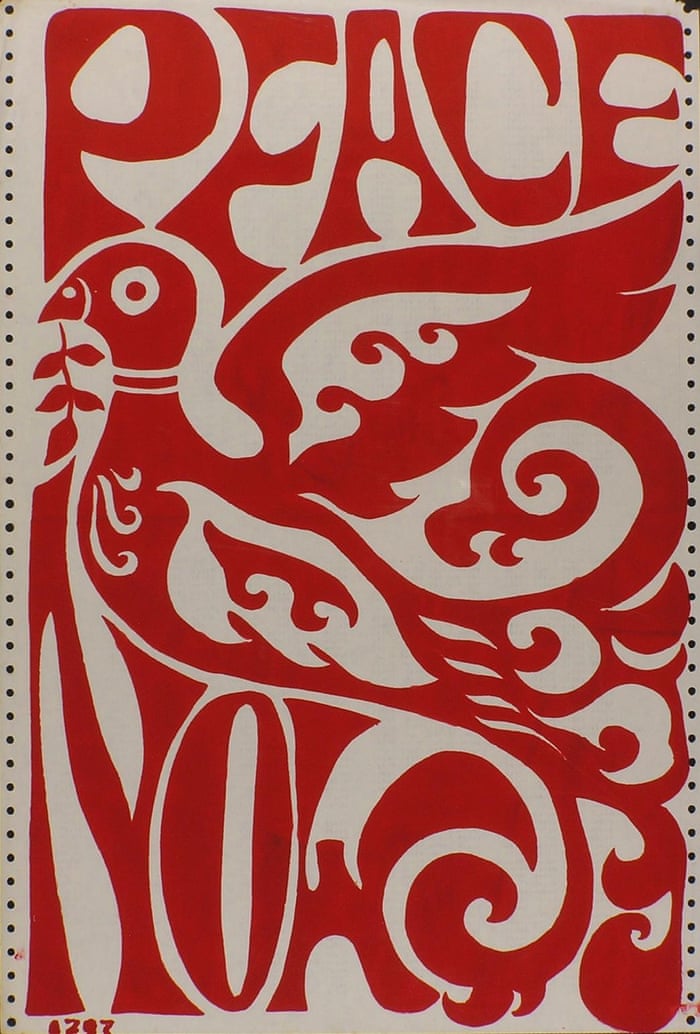
Peace Now, 1970
These incidents inflamed the already volatile political atmosphere in American university campuses. The anti-war sentiment at the University of California, Berkeley, took on a new intensity: encouraged by the faculty, the university’s art students designed hundreds of anti-war posters, creating an estimated 50,000 silkscreen prints. They plastered them around campus and the rest of Berkeley and Oakland with the help of volunteers. Most have been lost, but 150 prints have been salvaged for an forthcoming exhibition, America in Revolt.
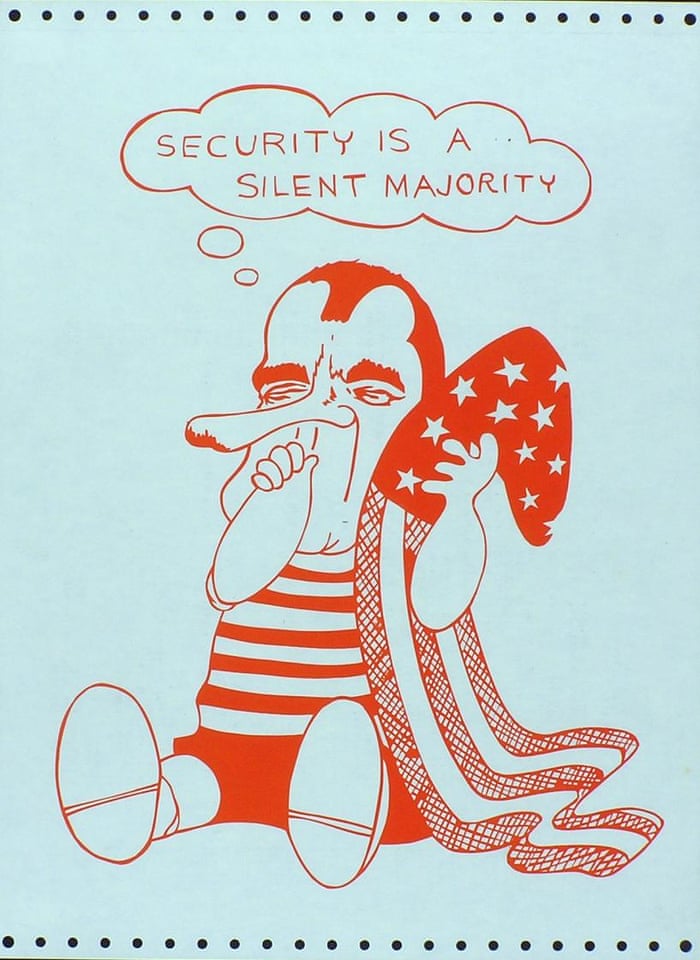
Security is a Slient Majority, 1970
One of the artists whose work is featured is Robin Repp, who got heavily involved in the anti-war movement while studying at Berkeley in 1970. “It was a really idealistic era,” she says. “Everybody was very concerned about the war. There was rioting in the street. We would go down to People’s Park and stick flowers in the national guard’s rifles.”
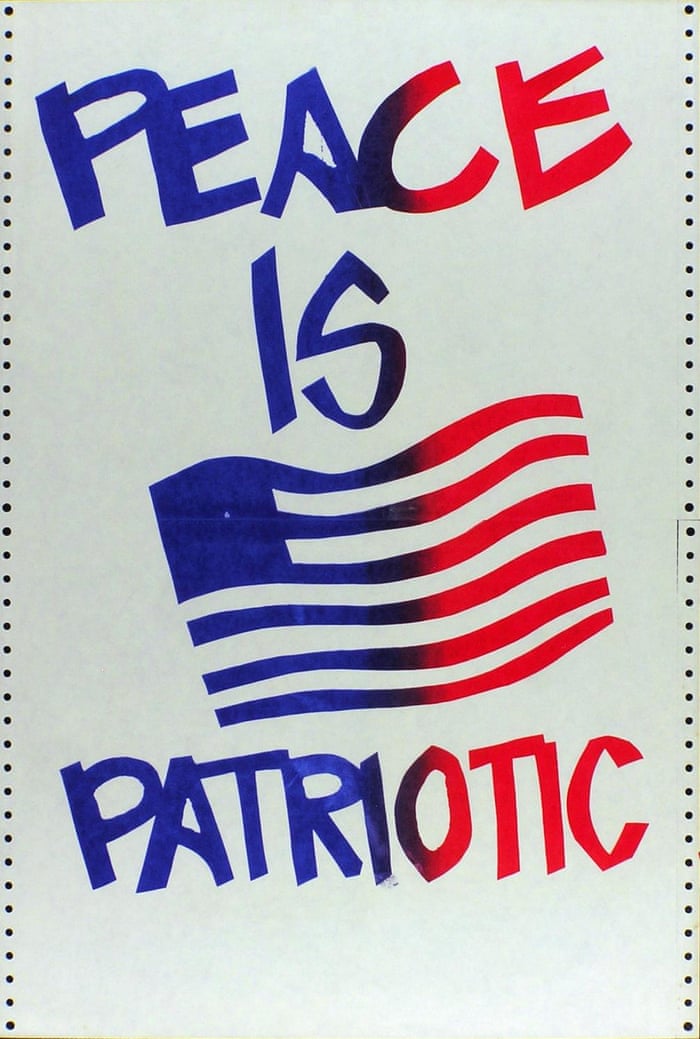
Peace is Patriotic, 1970
Across the country, political tensions were running high: it was customary for furious arguments to rage when students were reunited with their families during holidays. “They were from another generation, world war two, where you had to go to war if your government said go to war,” says Repp. “My dad used to get in horrible fights with my brother. But eventually he came around. My mum started going to protest marches in LA. There is a difference between a just war and a political war where you’re wasting a lot of lives.”
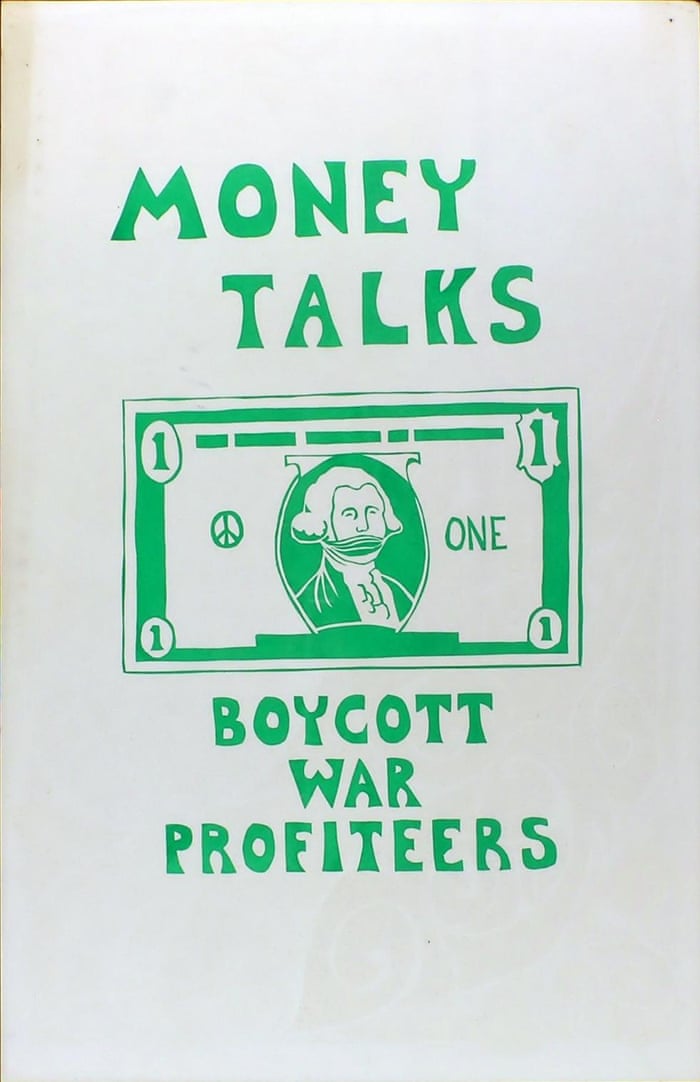
The atmosphere around Berkeley was initially one of support, with lecturers putting on poster-making workshops, the liberal local community broadly agreeing with the anti-war sentiment. The art department cancelled their graduation ceremony in protest. But as the months wore on, the protesters were increasingly isolated. “By the fall it was business as usual,” says Repp. “It was eye-opening. The university suddenly stopped helping, stopped allowing us to use their rooms, it was over. I was rudderless for a while: it was very emotional to have it all cut off like that.”
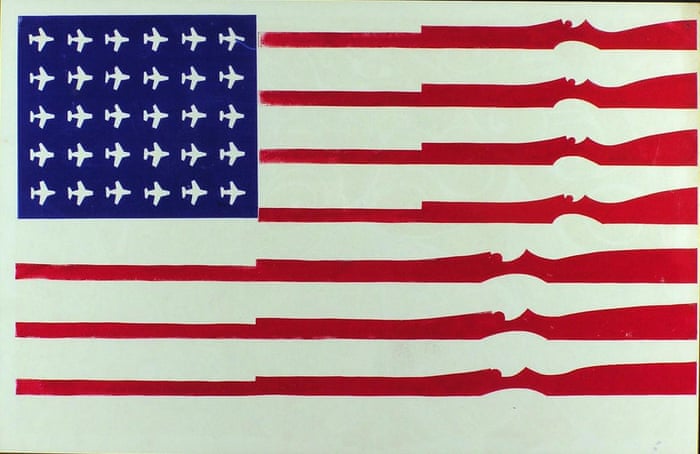
American Flag (Untitled), 1970
Over time, until the end of the war in Vietnam was announced five years later, Repp’s idealism started to give way to disillusionment. Yet she remains sanguine that art can have an influence on politics: “I like to think the posters changed a lot of minds, that they helped end the war. It’s not like today, where you can post something on Facebook and have it go viral. It was much harder to get our ideas out. So posters were a really strong way of getting your message heard.

Stop the War, 1970
“Students made a lot of sacrifices to bring about awareness of an unjust war, especially Kent State. There is a thing called the ‘Berkeley promise’: everybody who goes to Berkeley is supposed to do something to make the world a better place. I hope that’s what we did.”

Your Son Next?, 1970
America in Revolt: The Art of Protest, will be at Shapero Modern, London W1, from 3 to 27 February
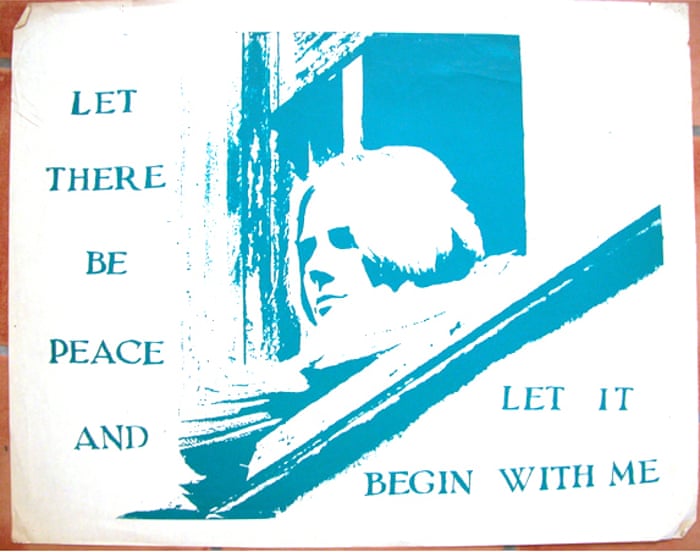
Let There Be Peace and Let It Begin with Me, 1970
by Robin Repp









No comments:
Post a Comment